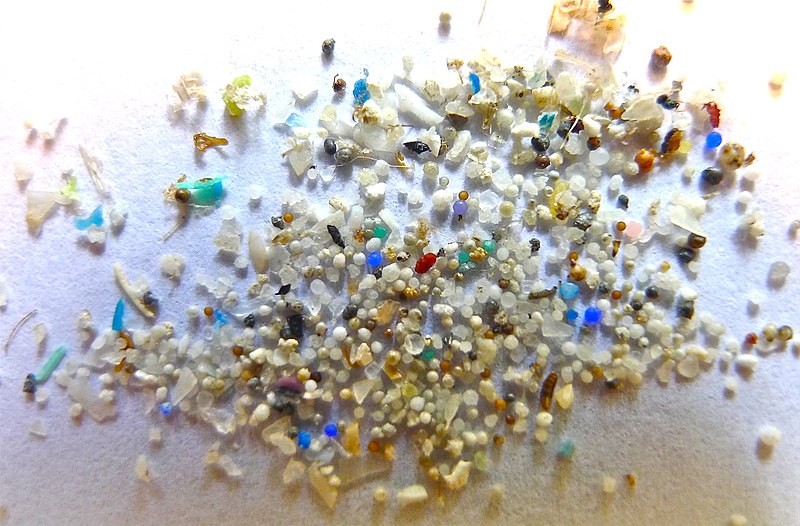Media release
From:
Expert Reaction
These comments have been collated by the Science Media Centre to provide a variety of expert perspectives on this issue. Feel free to use these quotes in your stories. Views expressed are the personal opinions of the experts named. They do not represent the views of the SMC or any other organisation unless specifically stated.
Despite this work being published in a New Zealand focussed journal, the findings and implications have far wider reaching global implications. Like those in New Zealand, waste water treatment plants in Australia and much of the rest of the world are the final port of call for water before it is released into the environment. This research very clearly highlights that a substantial microplastic load, and variety of microplastics, enters environmental waters post the water treatment process. If waste water treatments plants are not operationally capable or suitable for the purpose of harvesting microplastics from water during the treatment process, then we are left with an unchecked contribution of microplastics into the environment. Assuming that waste water treatment plants discharge to rivers - the superhighways for water transiting to the ocean - then this presents yet another management challenge for those actively seeking to reduce the plastic pollution load in the near-shore and marine environments.



 New Zealand
New Zealand


